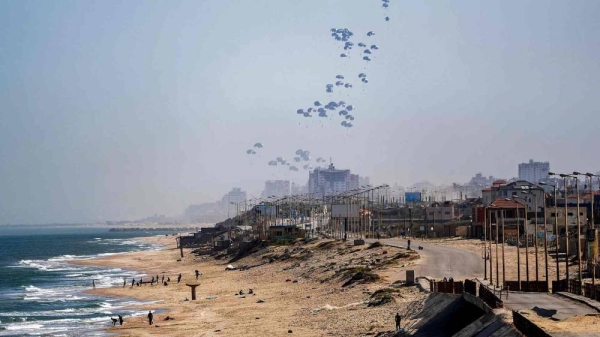
As parents, we watch our children grow up with pride. From the moment they enter our lives as helpless newborns, to teething toddlers clumsily taking their first steps and using their vocal cords to communicate rudimentary demands, and to awkward teenagers pushing limits to discover who they are before finally joining the shores of adulthood, where — supposedly — maturity turns them into rational human beings.
Perhaps the most difficult period of a person’s life is adolescence, when peer pressure and the need for acceptance add stress to what may already be considered the hardest of the transitional phases in life. Hormonal changes add to the burden of growing up, conflicts with parents increase, and school is usually a place young people dislike immensely.
Today, these phases are additionally complicated because of social media and the amount of readily available information and temptation accessible on the internet. This is changing our values, ambitions and the speed at which our children are growing up, fueling their desire to be disassociated from their families and create new environments for themselves.
In the US, one in seven young people between the ages of 10 and 18 will run away, 75 percent of whom are female. In Canada, an estimated 47,200 children ran away in 2017. In the UK, studies have shown that, every year, 100,000 children run away from home — a number that has not changed since 1999. In France, close to 50,000 children ran away in 2017. And, according to Missing Children Europe, a child is reported missing every two minutes in the EU.
The list is endless, as are the reasons. Although violence and abuse play an important role in the disappearance of these minors (in the US and Canada, 80 percent of runaway girls report having been physically and/or sexually abused), family and financial problems, as well as challenges such as bullying in school, are also issues.
Out on the streets, these children become vulnerable to human trafficking, victims of prostitution and prey to substance abuse. They are prone to exploitation, exposed to pornography and 50 percent of girls become pregnant, while 5,000 children die annually because of illness, disease, assault or suicide while living on the streets.
We can agree that this is a social problem that affects the modern world and is a part of capitalist societies where consumerism and instant gratification play a parallel role. Governments need to focus more on this rather than believing their country is better than others. It is also a fact that these incidents happen in both developed and Third World countries. They are associated with different stages of growing up being aggravated by the emotional, psychological and physical burdens endured by a frail-minded adolescent living in a dysfunctional environment.
Why, then, does the world accept the media’s one-sided, sensationalist interpretation of a runaway case, without seeing that it is being politicized and that it is being used as a naive pawn in an ugly game of chess?
• Hoda Al-Helaissi has been a member of the Shoura Council since 2013, and is a member of its Foreign Affairs Committee.
Disclaimer: Views expressed by writers in this section are their own and do not necessarily reflect Arab News" point-of-view












